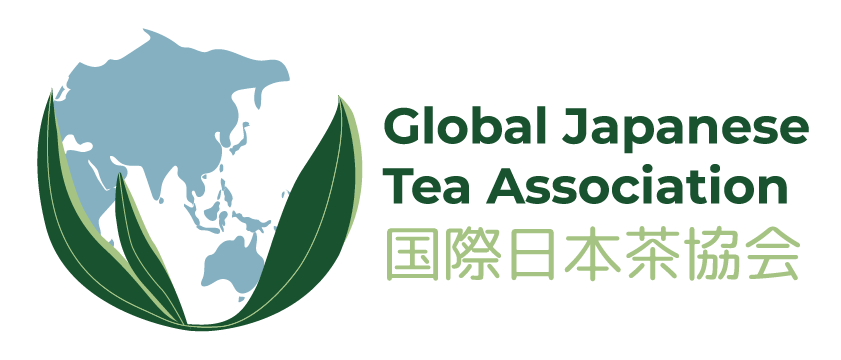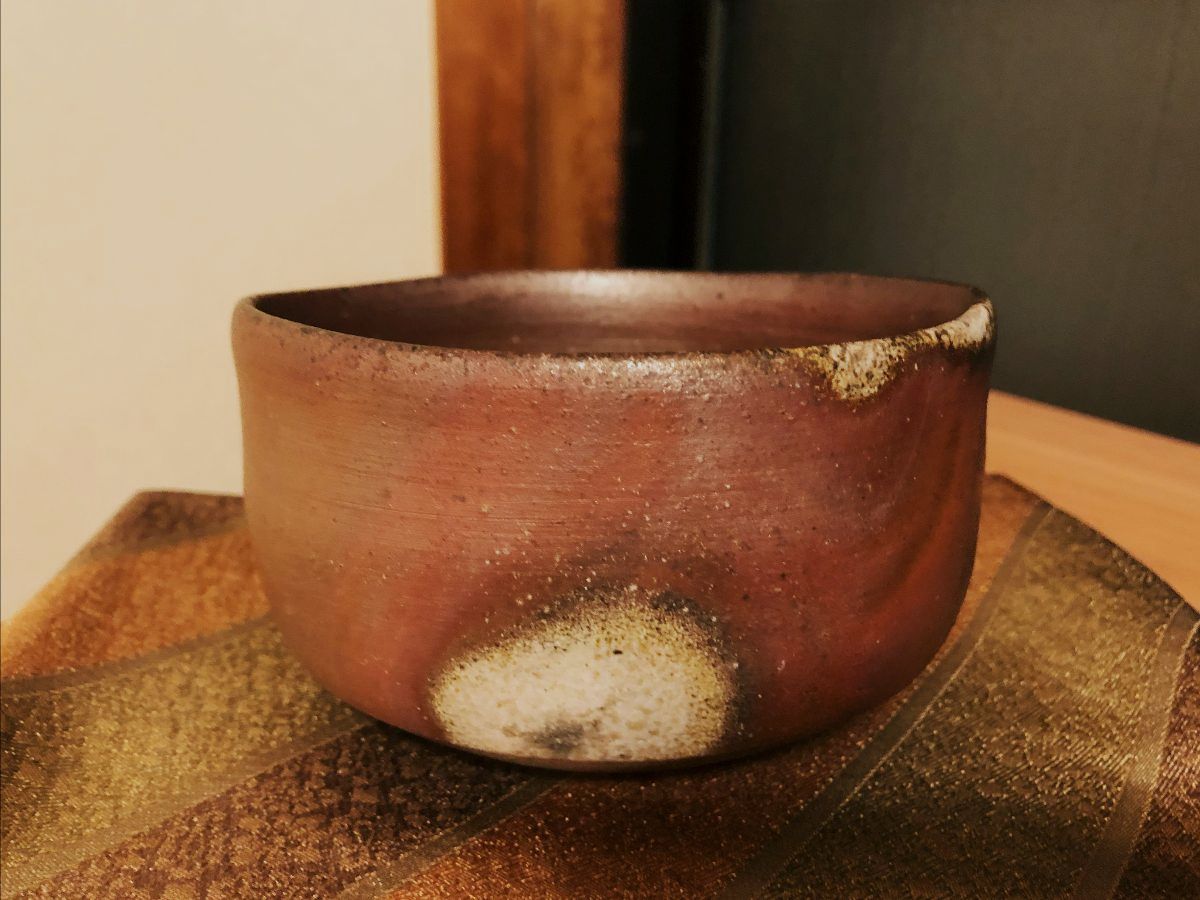Japan has many distinct pottery styles. Bizenyaki in Bizen City, Okayama Prefecture is known as one of the 6 ancient kilns of Japan. It evolved out of blue-gray Sue pottery and has over 1000 years of history.
The soil used for Bizenyaki is typically collected from around the city about 2-3 meters under the rice fields. The soil is rich in iron and has a lot of organic matter. Due to that it is prone to high shrinkage, which makes it hard to use glazing for Bizenyaki wares (the glazing would simply peel off as the items shrink during the firing process).
Bizenyaki soil also has low fire resistance, which means it cannot handle steep temperature changes and has to be fired slowly. The ware of Bizenyaki are generally fired in the traditional noborigama or angama kills using red pine wood (burning red pine resin helps to raise the temperature). Each firing can last 10-14 days, within which time the temperature peaks at 1200-1300°C. Due firing at a high temperature, the wares from this area are known to be very strong, even without the outer glazing.
Bizenyaki wares typically have a very natural earthy look. They are recognized for the unglazed dark brown color with reddish or grayish shades (the dark gray appearance is be achieved by adding charcoal to the kiln at the later stages of firing). Due to its rustic appearance, Bizenyaki was strongly favored by tea ceremony practitioners. Even today there are many Bizenyaki wares used in the Japanese tea ceremony, like matcha bowls, tea caddies and vases.

